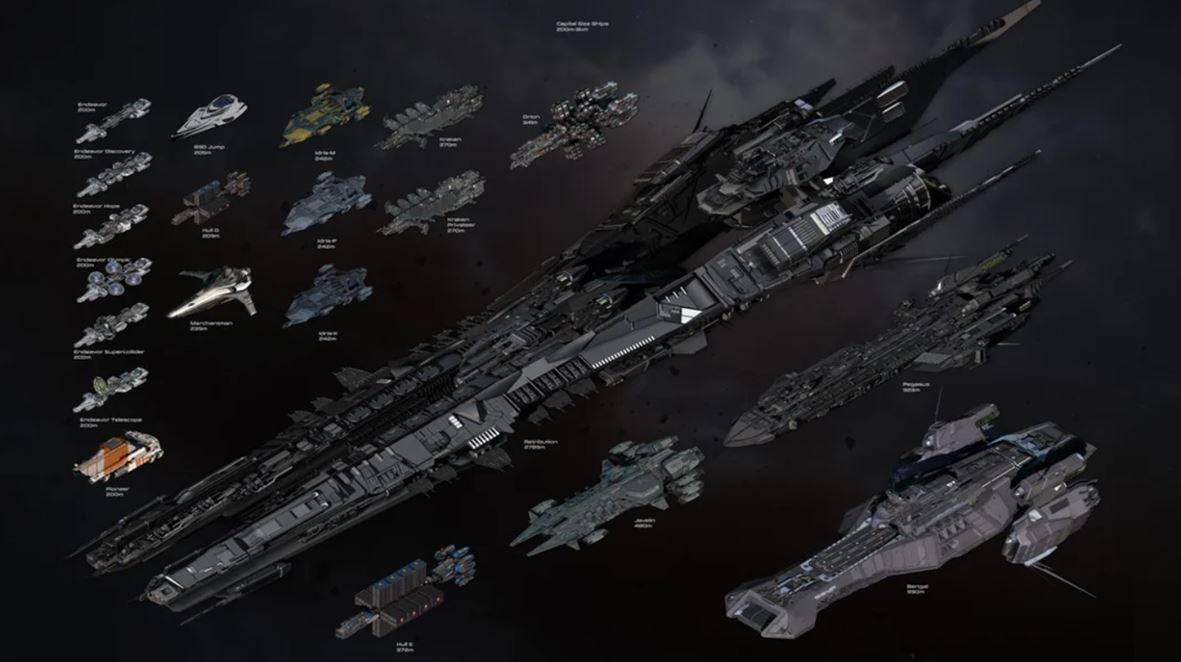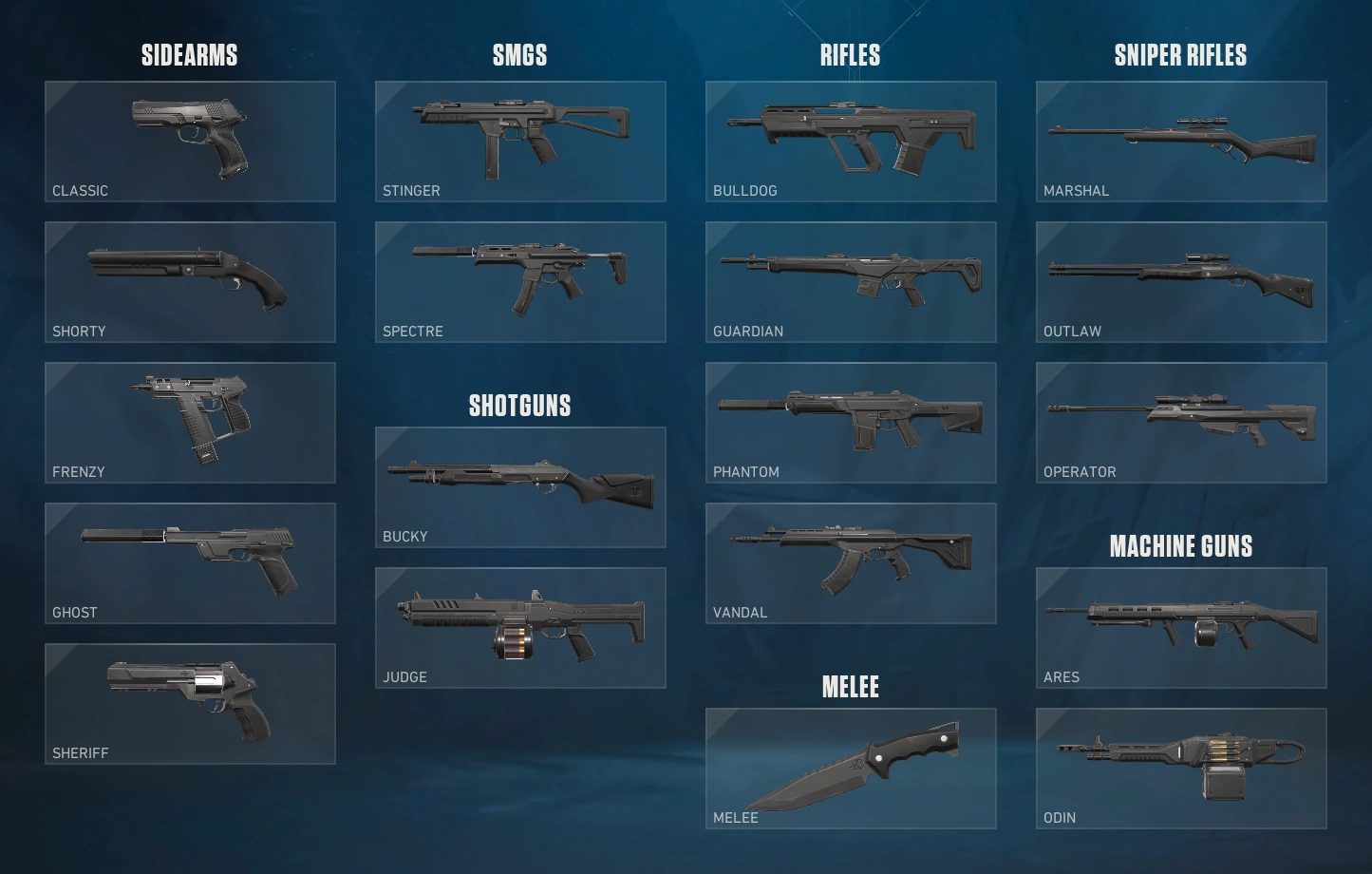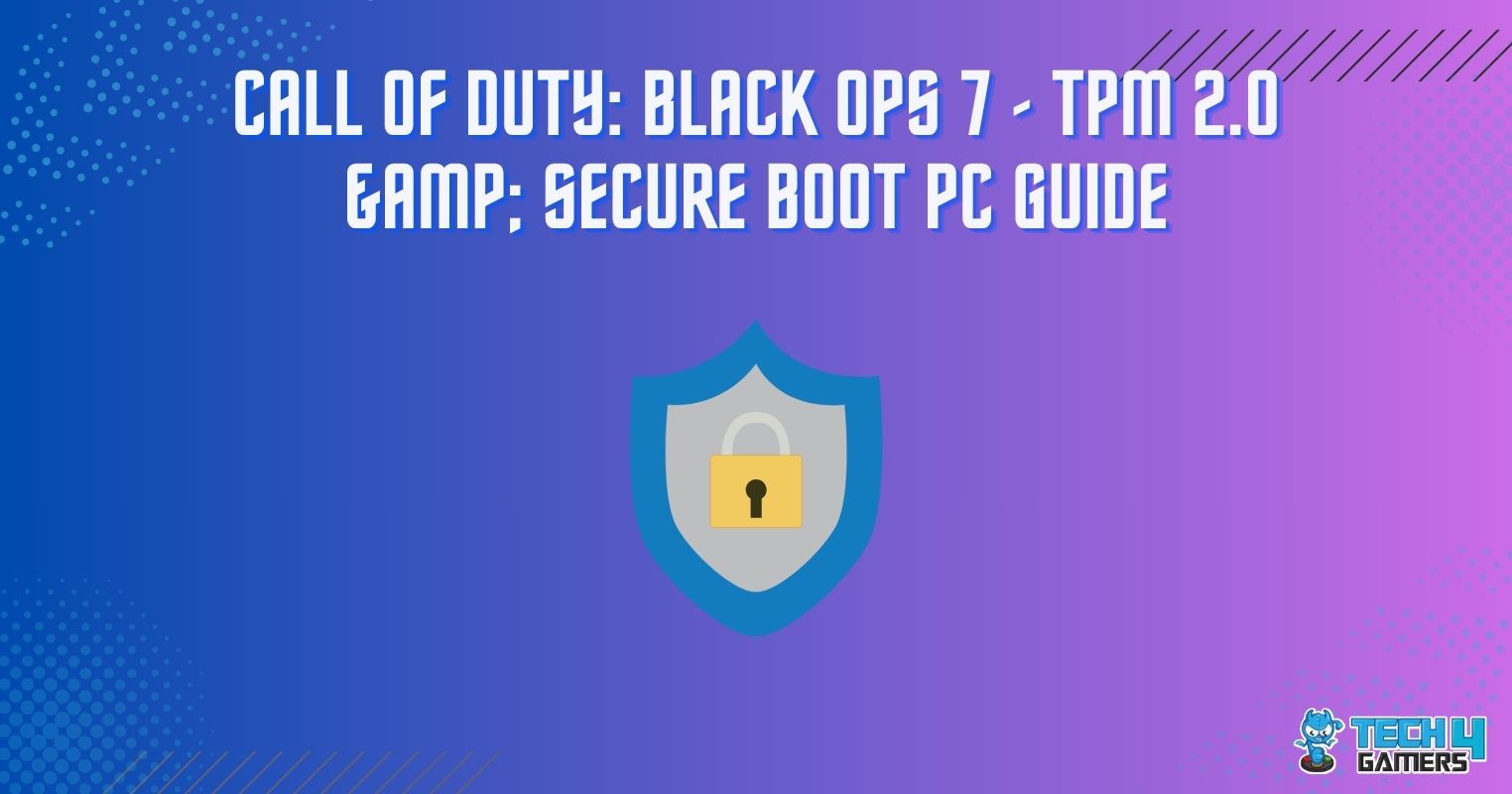- Star Citizen features complex and deep ship customization.
- Loadouts offer various ship types, components, and intricate elements that must be taken care of.
- Optimizing ships to their absolute limits can yield impressive results and transform the Star Citizen experience.
Star Citizen remains one of the most interesting multiplayer games to date. Featuring combat, scouting, and survival tasks, the gameplay offers plenty of interesting activities for players to pursue in outer space.
Naturally, then, ships play a major role in Star Citizen’s core gameplay. Customizing these ships is also an important activity, making it essential to understand the intricacies of ship systems for optimal performance.
Players must also buy Star Citizen aUEC to gain access to special loadout features for the right balance between power and performance. Here’s a quick guide on what to look out for when building your dream ship in Star Citizen.
Why it matters: The game has secured nearly $1 billion in crowdfunding and is expected to show up on next-generation consoles.
Your Ship Type And Core Systems
First, it’s important to understand why ship customization matters. Even in tight situations, like dogfights, cargo transport, mining, and long-range exploration, customization can make a major difference.
Ships feature component slots called hardpoints, which dictate what size and type of part can be equipped. These components are divided into three characteristics: size, grade, and class.
Size refers to the capacity of the slot, while Grade refers to the quality, with each component divided into four tiers from A to D. On the other hand, Class refers to the function type, including Military, Civilian, Stealth, Industrial, or Competition.

A light fighter has components that size out at 1 or 2, and heavier vessels use size 3 and up. Moreover, most ships come with Grade C parts, which, when upgraded to Grade B or A, perform quite well.
Also, bigger is not always better since overheating and power drain need to be accounted for. This is why paying attention to the Power Plant, Shield Generator, Thrusters, Coolers, and Quantum Drive is important since they serve as the base of the ships.
Upgrading Core Components
The three core components, including Power Plant, Shields, and Thrusters, must be upgraded to make the most of the ships in Star Citizen.
As for the power plant, it essentially fuels every ship system. A higher-output model boosts capabilities, but high power draws can eventually cause blackouts during combat.
Military-grade power plants are also great options since they provide strong power output, but they come with a major drawback since the heat and electromagnetic signatures make them easier to detect.
Shields serve as the main line of defense for any ship, and a fast, robust shield generator can be a game-changer. Military and Competitive variants are great for absorbing damage, while stealth and civilian models offer lower detectability.
Thrusters dictate the ship’s movement, controlling acceleration, turning, and braking. Manoeuvering thrusters are best suited to small fighters, while main and retro thrusters work well for larger ships.
Other elements include coolers and batteries. The former component manages system heat, including weapons and quantum drives, while batteries provide temporary backup power in case a plant fails to keep vitals up and running.
In addition to different grades (from A to D), aircraft are divided into several classes, including Military (powerful), Civilian (general), Industrial (durable), Stealth (low signature), and Competition (high speed).
Weapon And Ordinance Loadouts
Star Citizen’s weapons can be divided into two categories: energy and ballistic. The former category boasts the benefit of infinite ammo in exchange for overheating, and the latter relies on more traditional ammunition in exchange for higher damage and shield penetration. Ultimately, most people prefer a mix of both.
Torpedoes and missiles are also essential. In particular, the size of the missile rack determines the size of the payload. Smaller fighters use quick-lock missiles designed for pursuing fast enemies, while larger vessels carry torpedoes for battles against capital ships.
Ultimately, a weapon loadout should be decided based on the ship’s role itself. Light fighters work best with gimballed guns and precision missiles, and heavy fighters are better off with fixed high-calibre cannons and torpedoes.

When choosing a loadout, power drain and heat buildup must also be accounted for since they can impact the power plant and coolers in more ways than one.
As one would expect, more firepower usually equals more system stress. You can buy Star Citizen Ships to equip your preferred ships for faster progress and better upgrades.
Balancing Power, Signature, and Specialization
Because Star Citizen has so many systems at play, the game can feel overwhelming at times. However, it is important to take care of a few key elements. For starters, every upgrade comes with a drawback. For instance, increasing weapon power leads to more power draw and heat and a more prominent radar signature.
Power management is also essential since one plant can only output so much energy. If components are overloaded, they shut off, so it is important to understand the balance of power consumption.
Staying off the grid is just as crucial, so Star Citizen players must understand heat and EM signatures. Stealth and exploration ships are at their best here since they usually avoid overclocking, which raises heat and wear in exchange for temporary boosts.
Elsewhere, specialized loadouts are typically best suited to specific roles like combat, mining, or exploration. Additionally, more versatile builds can strike a fine balance, and organizations can maintain ships suited to a separate role.
Maintenance and repair costs also need to be taken care of. High-grade parts, while incredibly useful, are usually costlier to replace and require periodic maintenance.
Choosing The Best Loadout
Ultimately, building the best loadout is about figuring out the purpose of a ship and testing it for optimal performance. Be it combat, exploration, or cargo, every subsequent choice should reinforce that role.

Core components like the power plant, shield generator, and thrusters must be given priority, and later, weapons and utility models must be refined. Additionally, power, cooling, and mass must be balanced.
When all of these elements work together, Star Citizen’s ships truly come into their own. Each upgrade also brings notable improvements. For reference, a solid medium fighter loadout could include a Military-grade power plant, a shield with fast recharge, two gimbal energy weapons, and a small missile rack.
In conclusion, Star Citizen’s ship customization requires a lot of thought and planning. A solid grasp of the power, heat, shielding, and weapon systems is required to fully understand how everything comes together, and there is no one loadout that suits each situation.
Loadouts must be optimized and changed to suit each situation. At the end of the day, a player’s ship is arguably the most important part of the Star Citizen experience, so plenty of thought should go into ensuring it performs as well as possible.
Thank you! Please share your positive feedback. 🔋
How could we improve this post? Please Help us. 😔
[Senior News Reporter]
Avinash is currently pursuing a Business degree in Australia. For more than 5 years, he has been working as a gaming journalist, utilizing his writing skills and love for gaming to report on the latest updates in the industry. Avinash loves to play action games like Devil May Cry and has also been mentioned on highly regarded websites, such as IGN, GamesRadar, GameRant, Dualshockers, CBR, and Gamespot.


 Threads
Threads

